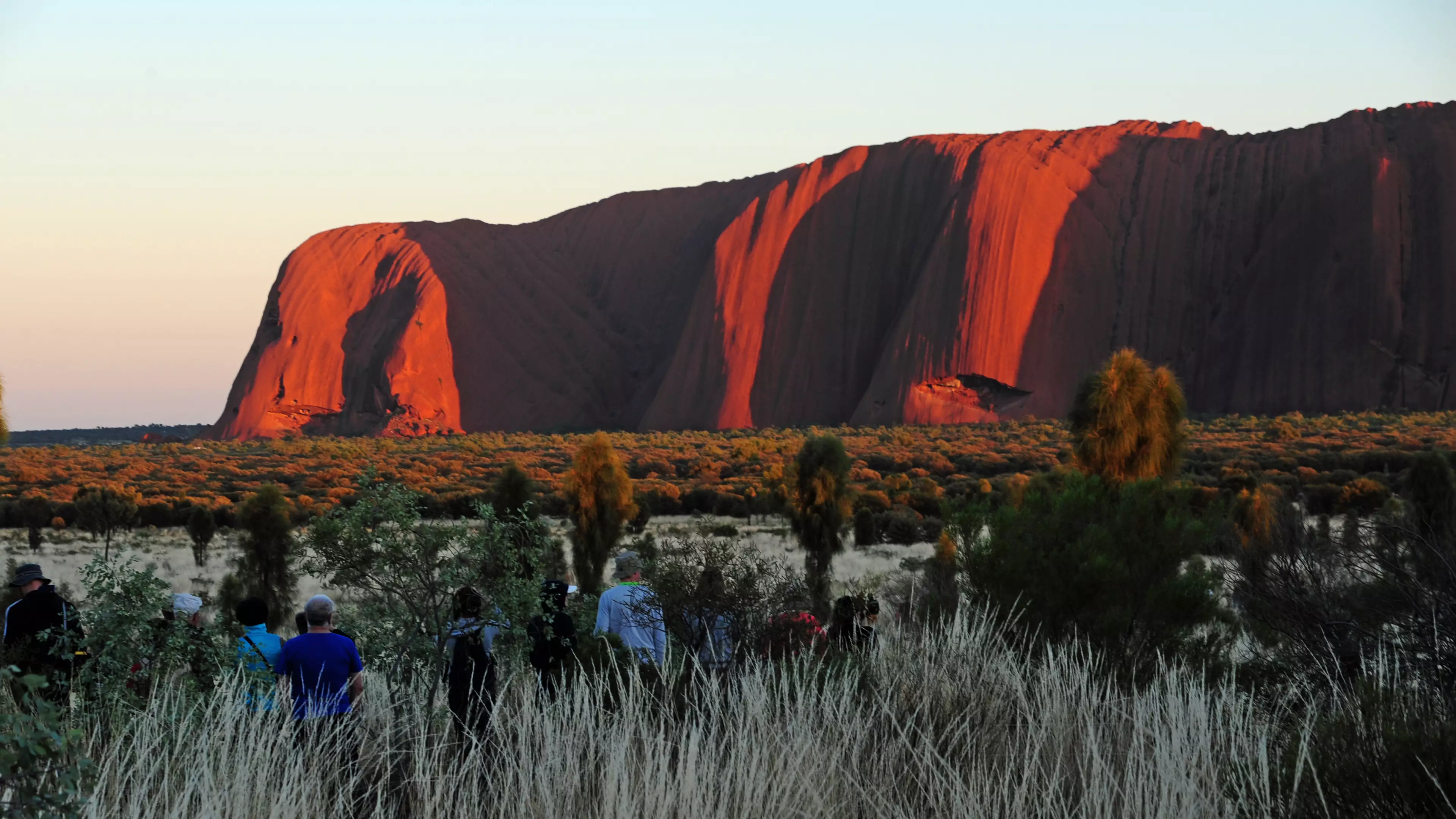
A young girl has suffered severe injuries after taking a nasty fall while climbing Uluru in Alice Springs.
The 12-year-old was with her brother and parents when she slipped and fell about 20 metres while she was descending.
The Royal Flying Doctor Service's Troy Dick has told the ABC the girl is lucky to be alive.
Advert
"On the steep decline, she's actually got a run up, she's actually dived and rolled," he said. "Apparently, it was about a 20 to 30-metre fall.

"I was greatly concerned and was thinking there was going to be critical injuries, but fortunately she's done really well. Her family assisted her and there was lots of bystanders that were rendering assistance.
"She apparently had a nasty finger injury that was dressed and cleaned. She was covered in grazes because she had rolled down Uluru quite a lot and [that] took a lot of skin off.
Advert
"She also had an ankle injury. I'm not sure whether it was broken or not but it was certainly swollen and deformed."
The 12-year-old certainly isn't the first person to suffer pretty rough injuries while trying to ascend or descend the sacred rock. There have been 35 recorded deaths since climbing began and dozens more injured.
While there are chains to help people climb various parts of the site, there are large swaths of areas that have to be tackled unassisted.
The Australian Government's fact sheet states: "At 348 metres, Uluru is higher than the Eiffel Tower, as high as a 95-storey building. The climb is very steep and can be very slippery.
Advert
"It can be very hot at any time of the year and strong wind gusts can hit the summit or slopes at any time. Every year people are rescued by park rangers, many suffering serious injuries such as broken bones, heat exhaustion and extreme dehydration."
The site has seen an increase in foot traffic over the past few weeks as the climbing ban is set to come into force next weekend.
There have been calls for years to shut down the official method of climbing, with many people saying it goes against Indigenous people's wishes.
The massive sandstone rock formation in the Northern Territory is important to the Pitjantjatjara Anangu people and forms part of their understanding of how the world was created.
Advert
While there will be financial penalties handed to people who climb the rock after the ban, it will be interesting to see how many people stay away.
Featured Image Credit: PA